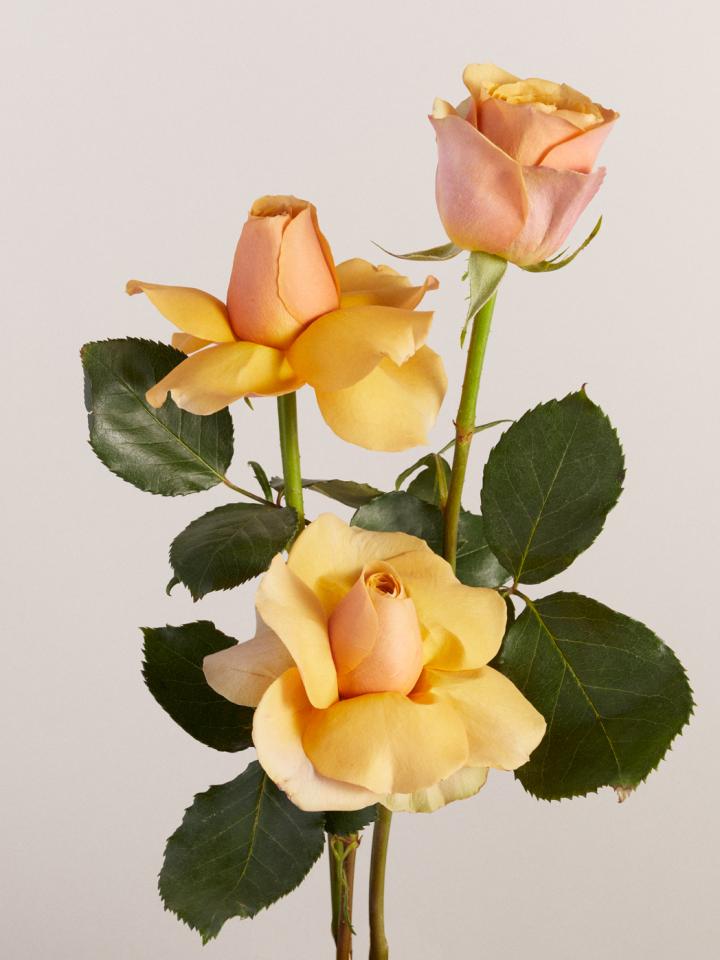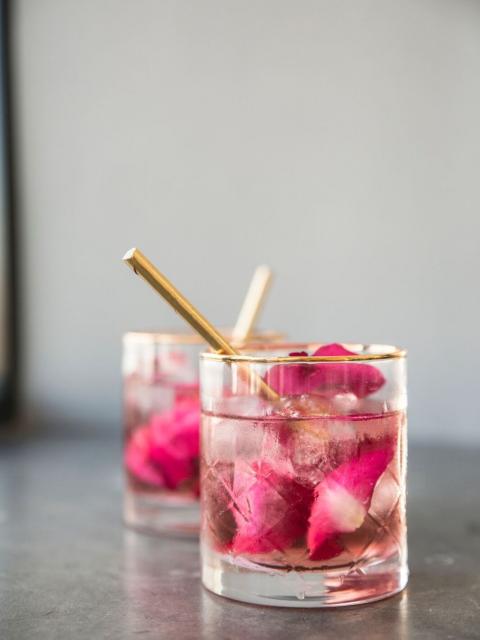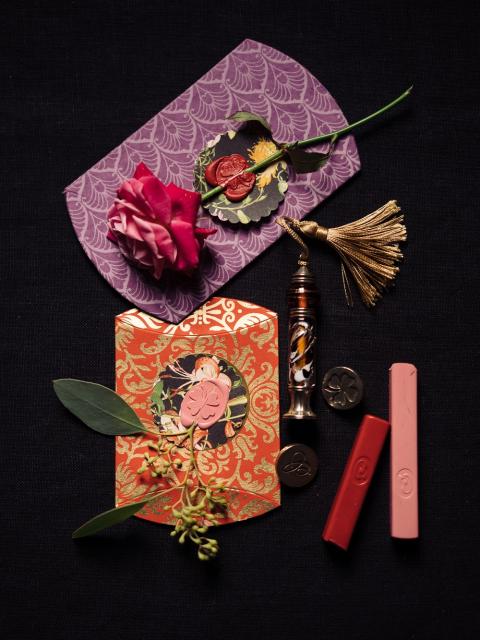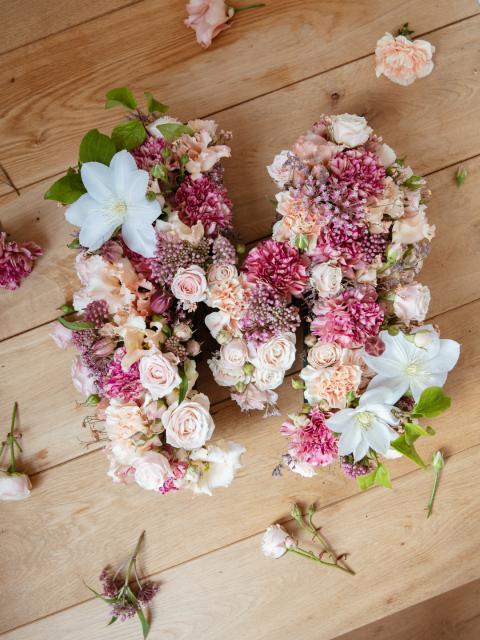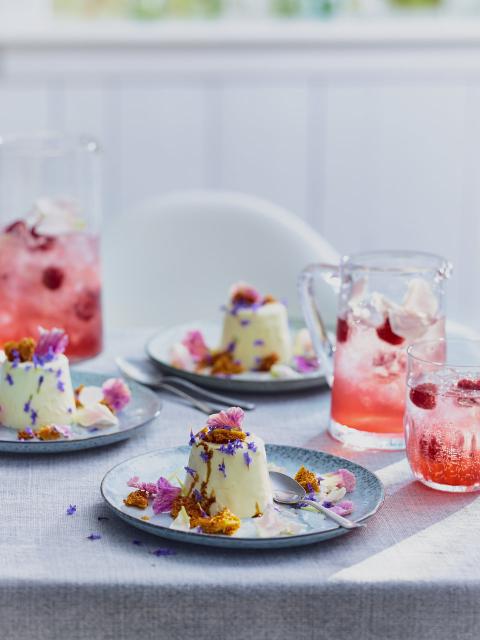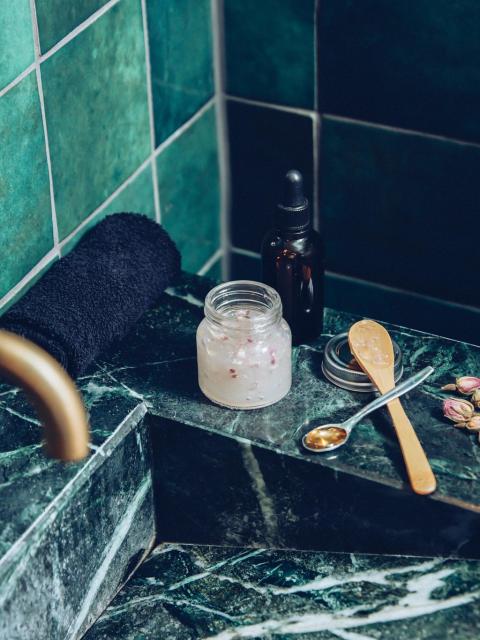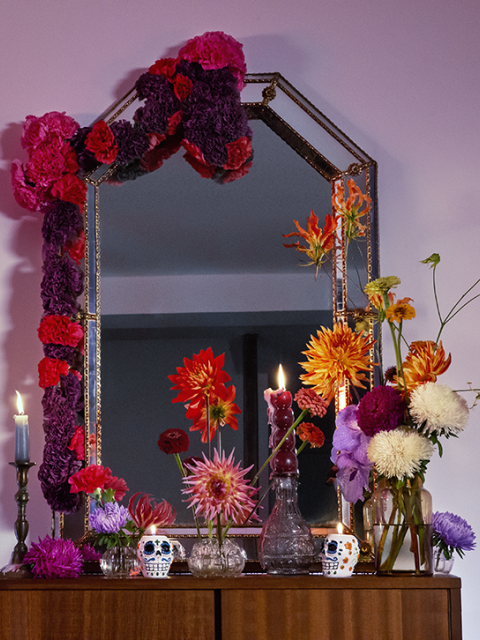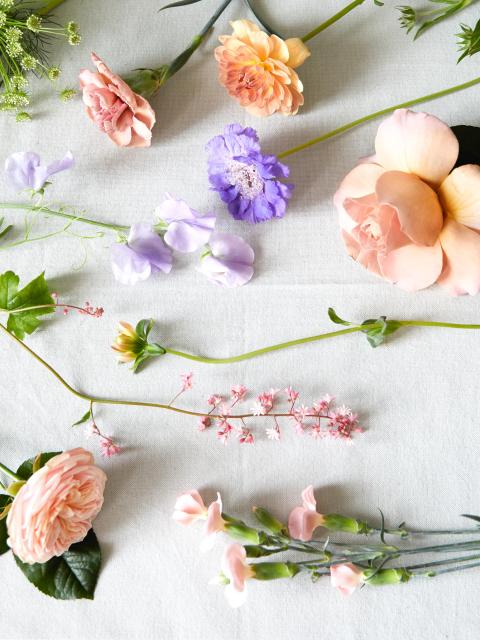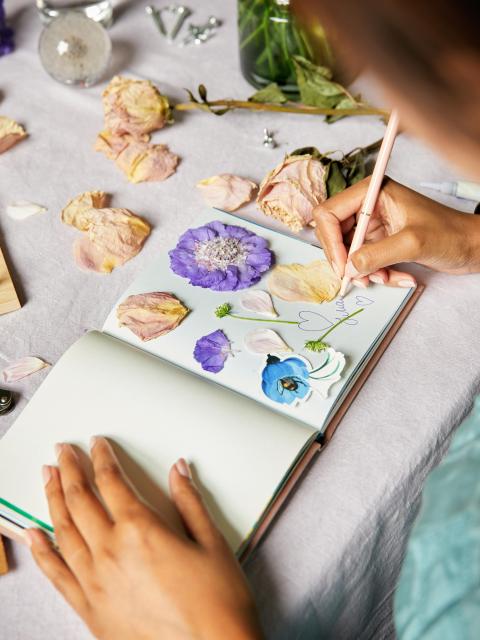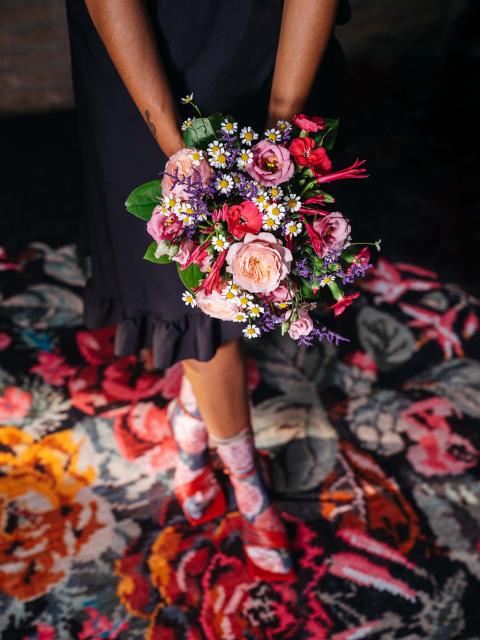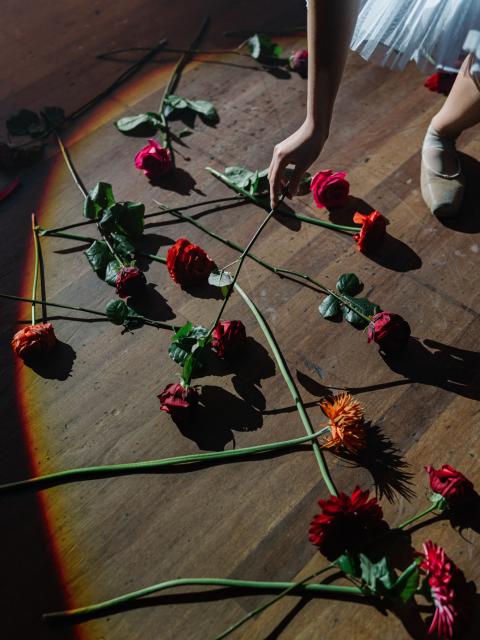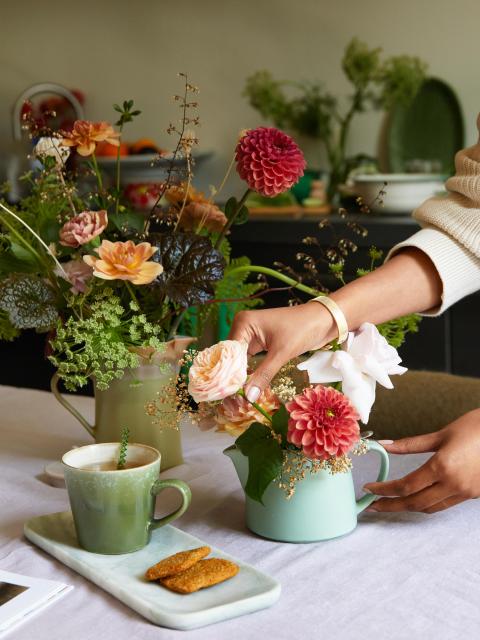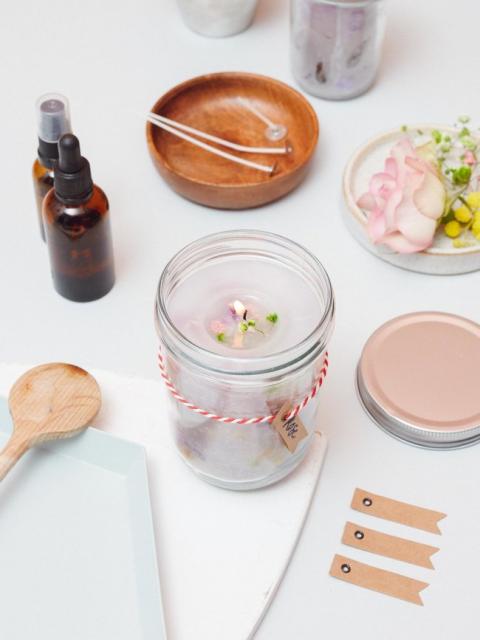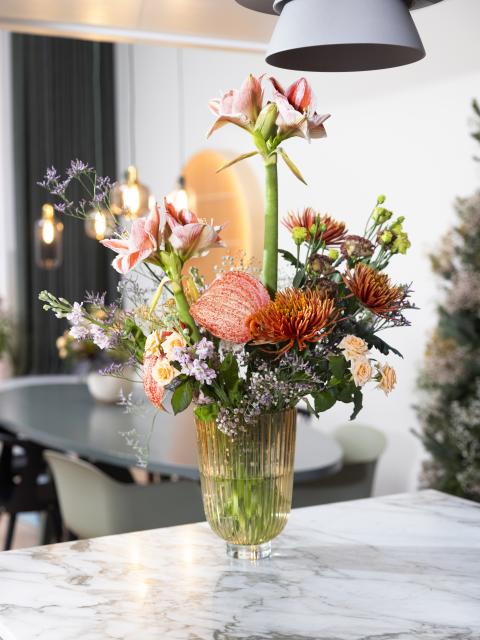WHAT COLOURS AND TYPES OF ROSES ARE THERE?
When it comes to romance and the rose, there's an abundance of different ways to communicate your love. The flowers come in classic red, white, yellow and pink, plus purple, orange or green, bicoloured or multicoloured varieties. They grow both large and small, and with short or long stems.
In a romantic mood, a luxury problem quickly arises when it comes to roses, because there is an excessive amount of choice. Although it's a classic flower, the rose never feels worn out. Every year, dozens of new varieties are created by breeders, so there are always exciting new flowers to place in a bouquet. Keep an eye out for unusual-looking grassheart roses, whose stem pushes through the flower to create a vibrant green centre.
Roses as cut flowers have different varieties, such as long-stemmed roses (ideal for bouquets), spray roses (small, full flowers on branched stems) and garden roses (grown for cutting purposes).
WHEN ARE ROSES AVAILABLE?
Roses as cut flowers are generally available all year round. They bloom profusely in spring and summer, making this the peak period for roses.
HOW TO KEEP ROSES BEAUTIFUL IN YOUR VASE FOR AS LONG AS POSSIBLE
Do you want to enjoy your roses for as long as possible? Take note of the tips below regarding the care of roses as cut flowers:
- Cut or trim stems 3-5 centimetres diagonally with a sharp, clean knife.
- Give roses a clean vase with clean water.
- Add cut flower food to the water for longer life of your roses.
- If possible, leave the thorns on the stems.
- Change the vase water regularly.
- Do not put your roses in a draught, in full sun, near the stove or next to the fruit bowl.
THE BEST TIP FOR FULLER ROSES
Want fuller roses that radiate lushness? Simple! Follow our step-by-step plan below.
- Hold the rose upside down and twist the stem back and forth between your hands.
- Gently fold the petals outwards.
- Repeat steps 1 and 2 for all the roses in your bouquet. Voilà!
- Do you have a rose plant in your living room, garden or on your balcony? Discover the plant guides for garden roses and potted roses here, so that you can care for your roses in the best possible way and enjoy their abundant blooms to the full!
THE SYMBOLISM BEHIND DIFFERENT COLOURS OF ROSES
The rose is a worldwide symbol of love and beauty. The heart-shaped petals represent love and trust. The thorns indicate that love doesn't always come up roses. Red roses in particular are inextricably linked to love, but did you know that each colour has its own meaning? So when giving roses, pay attention to the meaning attributed to the colour and match the colour of the roses to the occasion!
- Red: red roses represent love and passion. The red rose is the ultimate symbol of romance and is often given on Valentine's Day or as an expression of love.
- White: white roses represent purity, cleanliness, new beginnings. White roses are often used at weddings as a sign of pure love.
- Light pink: light pink roses symbolise tenderness, admiration and sympathy. They are often given as a token of appreciation and to support someone.
- Dark pink: dark pink roses represent gratitude and are often associated with appreciation.
- Orange: orange roses represent desire, energy and enthusiasm. Perfect for encouraging someone or expressing your appreciation.
- Yellow: yellow roses represent friendship, connection and joy. They are often given as a sign of friendship or to cheer someone up.
- Lavender or purple: purple roses symbolise charm and mystery. They are often given to express admiration or as a gift to a unique personality.
Combinations of colours and combinations with other flowers also have meaning. A white and red rose together, for example, expresses the wish to always be together. Roses in a bouquet symbolise gratitude and one rose in a large bouquet stands for: you are the one I love, you're the be all and end all for me!
WHERE DID ROSEs ORIGINALLY COME FROM?
Roses have a rich history, dating back thousands of years. Roses are mentioned in ancient texts, poetry and myths. In ancient China, roses were first cultivated around 500 BC. This makes China home to some of the oldest rose varieties. Later, in the Roman period, the culture of growing roses spread to Europe. Roses were often used for ceremonies, decoration and as a symbol of love.
In the Middle Ages and Renaissance, rose cultivation developed further and the association of roses with love became stronger and stronger. In the 19th and 20th centuries, rose cultivation experienced a flourishing period of success in which many new varieties were developed, and produced a wide range of roses with different colours, scents and shapes. Since then, roses have been among the most popular flowers worldwide.
Every period in history and every area of the world have contributed to the diversity of the rose family. There are now hundreds of varieties of roses, with new ones added every year. It's clear that we're a very long way from ever being rid of the classically beautiful rose. Thank goodness!

